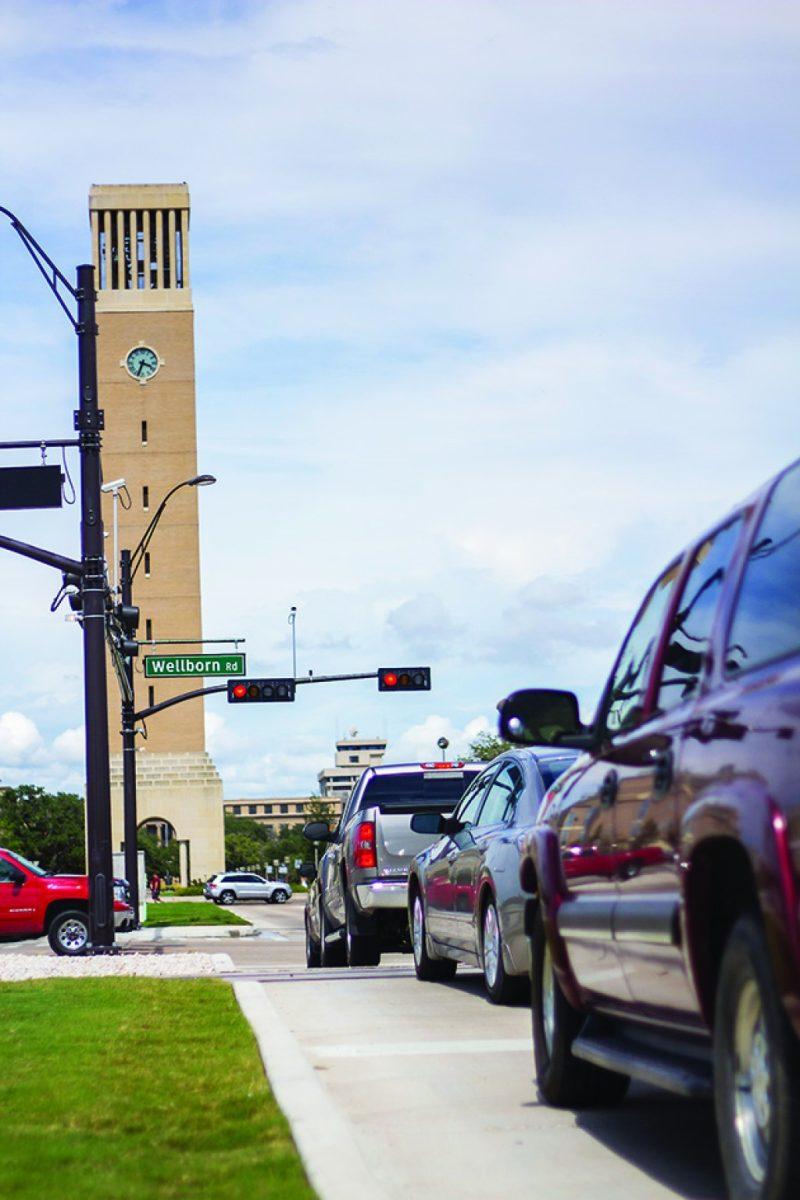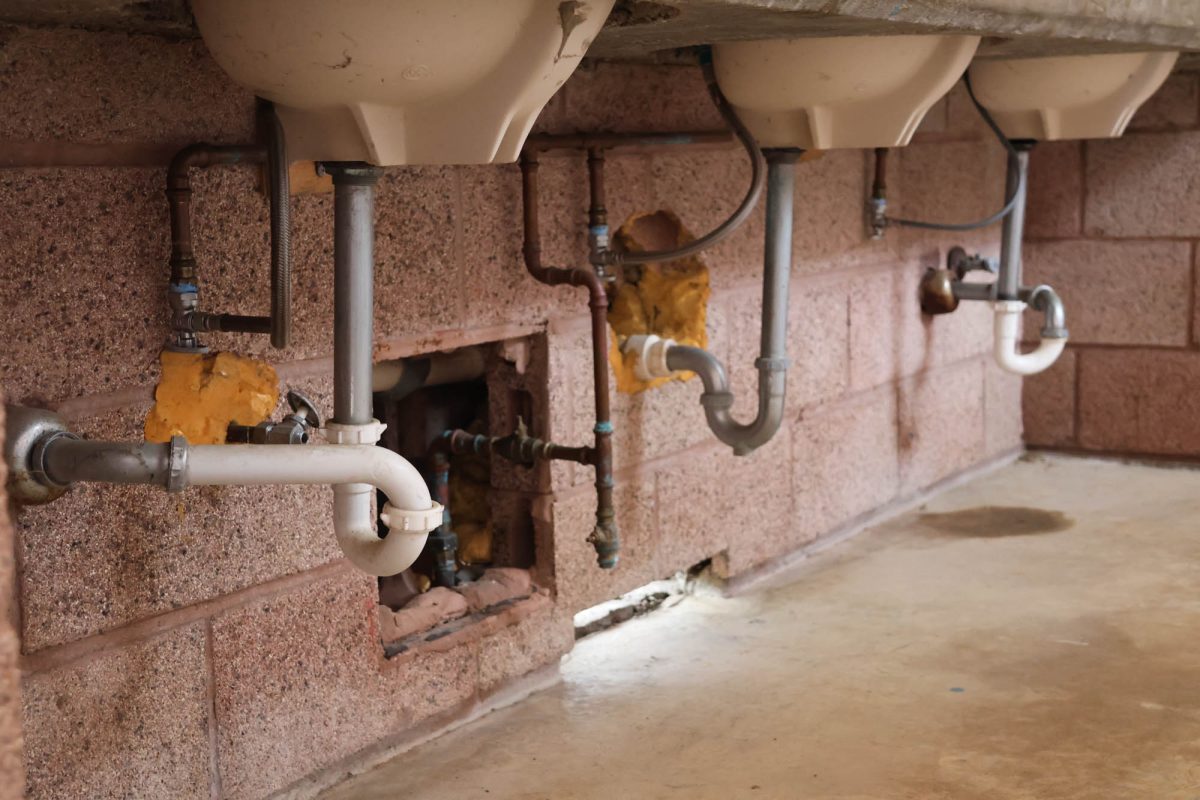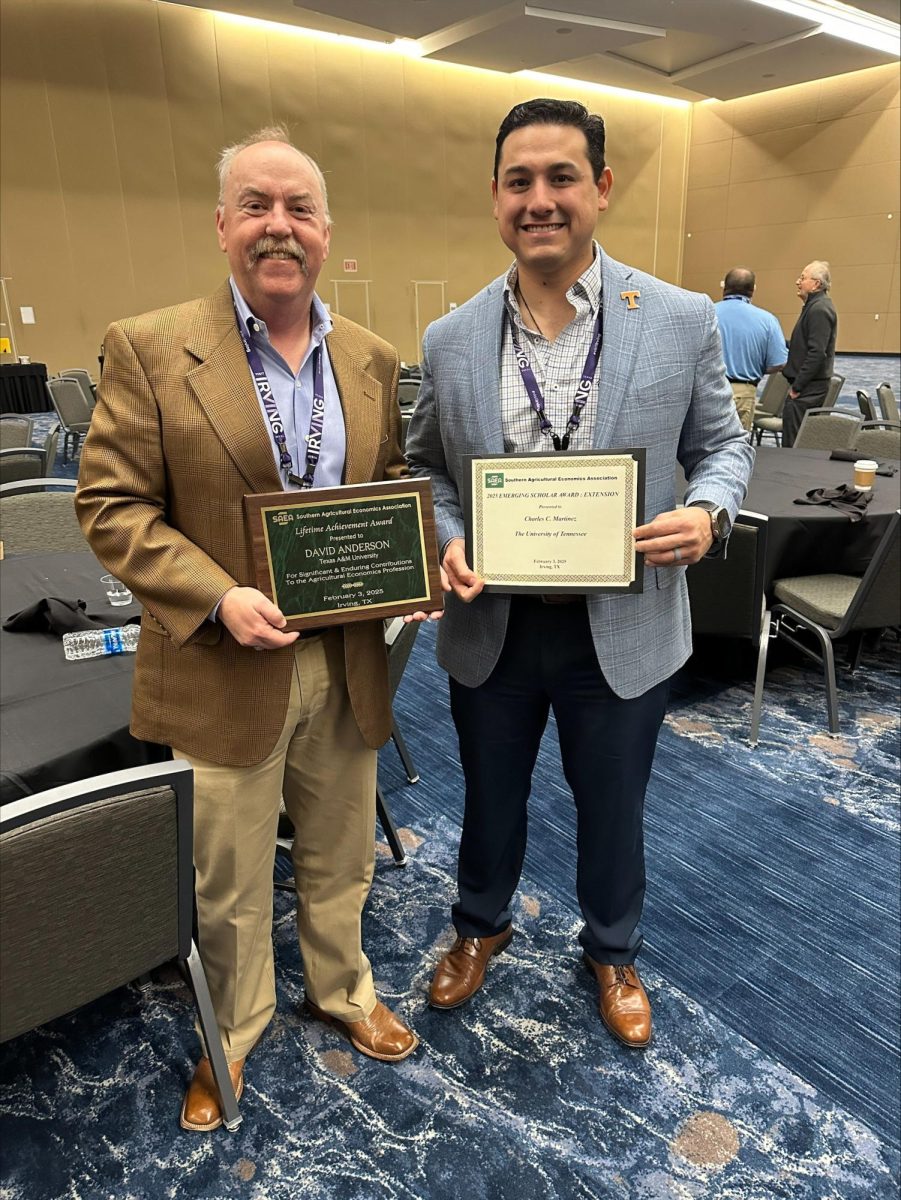The newly renovated Kyle Field, with its 106,000-seat capacity, bears testament to a truth city officials know well — College Station keeps getting bigger.
As the city’s growth has surpassed plans originally laid out by city planners, area officials are left to figure out how to accommodate the thousands of incoming residents.
A 20-year growth plan known as the Comprehensive Plan — which addresses physical development, infrastructure, water, waste and parks — was adopted in 2009 and is set to have five-year checkups along the way.
The final draft for the first evaluation and appraisal report is to become available Thursday.
Northgate density
College Station planning and development services director Lance Simms said he has seen A&M grow dramatically since it joined the SEC in 2012, and College Station growth has always been directly tied to A&M’s growth.
Simms said the Comprehensive Plan didn’t anticipate recent changes such as a 50,000-plus student enrollment or an increasingly clustered Northgate.
“There is no density cap in the Northgate area,” Simms said. “You’ve seen ‘The Rise,’ for example. We’ve never seen or anticipated that kind of density at that location. That’s not to say that’s a good or bad thing, it’s just something we never really anticipated.”
Simms said Northgate represents a sort of give and take. On one hand, having students live close to campus reduces the traffic load and traffic counts. On the other side, to compensate for the growth in the area, Simms said College Station has to meet with the water and wastewater director to make sure the assumptions made in terms of the city’s capacity for water and wastewater are still applicable and the area is still fit for utilities.
Beyond growth at Northgate, Simms said city council has recently given him direction to move forward with the process of annexing areas on the southwest side of town into College Station.
Simms said this annexation process will take months, so planners are also looking at undeveloped areas within College Station that could accommodate future growth within current boundaries.
Utility adjustments
The recent city growth has also forced College Station utility suppliers to plan for redevelopment.
The City of College Station Utilities, Bryan Texas Utilities and the Texas A&M Division of Utilities and Energy Services have had to make sure residents are still able to have access to power and municipal services as the city expands.
Gary Miller, general manager for Bryan Texas Utilities, said BTU’s growth for the last seven or eight years reflects the growth in College Station.
“We just looked at that recently and we’re probably growing on an average of around 2.5 percent per year,” Miller said. “That’s attributed to the student growth but also to the economic development in the community at large.”
Miller said BTU has entered into an agreement for wind generation to help accommodate the growth in Bryan and be more environmentally conscious.
Zachery McNew, communications specialist for the Texas A&M Division of Utilities and Energy Services, said most of the expansion on campus is going out toward west campus. He said as campus continues to expand west, utilities services has also had to create satellite utility plants separate from the main plant near Blocker to supply the needs of new buildings.
“We’ve placed boilers and chillers in the satellite plants to help with the expansion there,” McNew said. “We have other areas that help the reliability and redundancy and soon we will also have a thermal energy storage tank over there as well.”
Charlie Shear, supervisor of energy stewardship at the Texas A&M Division of Utilities and Energy Services, said A&M’s utilities services haven’t had much trouble accommodating the growth of the student body besides the “normal headaches that come with construction.” He said utilities services did much of its construction on the new west campus areas in the summer.
“We want to be as little inconvenience to the campus as possible,” Shear said.
Transportation
With increasing residents in the area, transportation also bears the strain, and the Texas A&M Transportation Services has made changes this year to help accommodate for the student growth.
Peter Lange, executive director of Transportation Services, said there is already enough parking, with a few thousand extra spots. Lange said these spots are not known to be in the most convenient lots, but the spots are predicted to be filled within the next three years.
Lange said Transportation Services is focusing on reducing the demand for on-campus vehicle parking by upgrading bike parking across campus and by adding ride-share, car-share and bike-share programs.
To decrease the need for on-campus parking, bus routes are being altered for convenience. Madeline Dillard, assistant director of transit, said bus routes have been changed to be more efficient, avoid more train traffic and cater to more heavily populated areas. The routes that have been changed are 31, 33, 34, 35 and 36.
Changes to bicycle transportation infrastructure are also being made to accommodate the growing student population. Ron Steedly, alternative transportation manager, said although 95 percent of campus has been marked for bikes already, A&M is always trying to improve bike infrastructure.
Steedly said there are 13,000 bike parking spaces on campus and that officials are working on a Bicycle District Plan for inclusion in the University’s Master Plan.
Students can help
Officials ask A&M students to help the town accommodate the growth
Simms said he encourages students living in residential neighborhoods to be good neighbors.
“You know, just be aware that when it comes to noise, and parking in the grass, and keeping the yard clean and keeping the yard mowed, I think it would really go a long way,” Simms said.
Miller said students should try to save energy to allow more people to use it, particularly between 3-7 p.m. in hot summer months and 6-9 a.m. in winter.
McNew said saving energy should apply to students living on campus as well.
“I would say they need to understand and treat it as if it was their house,” McNew said. “They don’t crank down the AC when they are out of town, you know, so they should be mindful of the actual energy usage they’re using.”
The current draft of the Comprehensive Plan five-year evaluation and appraisal report will be presented to the Planning and Zoning Commission, and the final draft will be available Thursday. The Commission will then meet Sept. 18 before city council meets Sept. 22.
As population soars, the city braces for change
September 8, 2014
0
Donate to The Battalion
$2790
$5000
Contributed
Our Goal
Your donation will support the student journalists of Texas A&M University - College Station. Your contribution will allow us to purchase equipment and cover our annual website hosting costs, in addition to paying freelance staffers for their work, travel costs for coverage and more!
More to Discover










